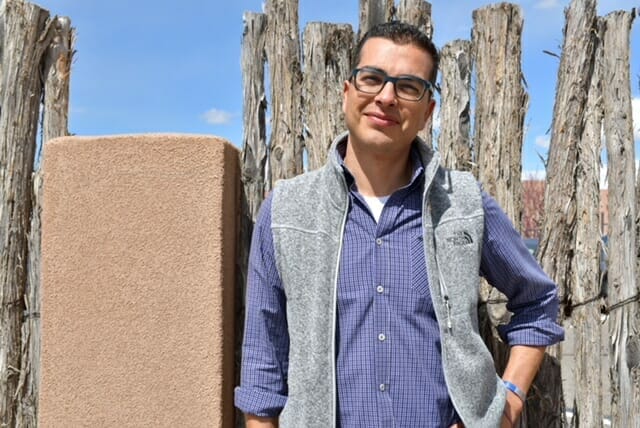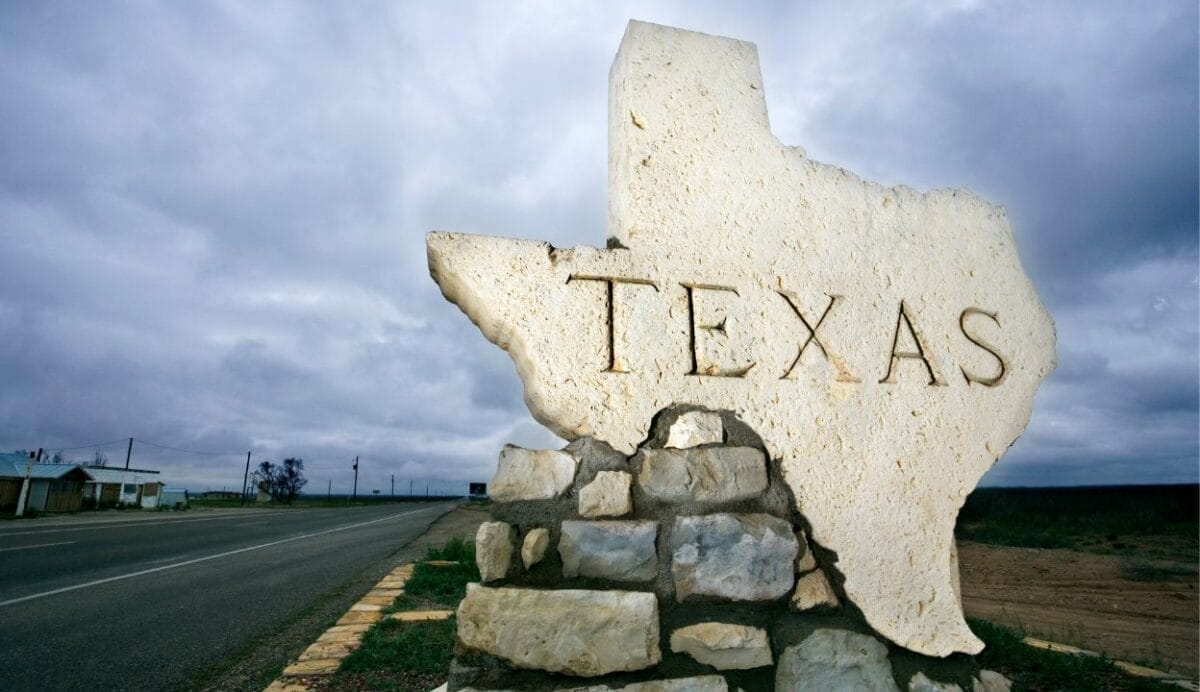Pension funds weighed down by worsening demographics, and growing deficits they can’t reduce no matter how good their returns, have a clutch of options.
Typically, those options include: increasing passive allocations and sinking assets into equity indices; boosting investment in private assets; and introducing a liability-driven investment strategy.
The Public Employees Retirement Association of New Mexico’s (PERA) new chief investment officer, Dominic Garcia, 40, is taking the $16 billion portfolio in a fourth direction.
Faced with a funded level of only 74 per cent, Garcia is building a risk-parity and alpha strategy in a model informed by his decade of experience at the celebrated $117 billion State of Wisconsin Investment Board (SWIB).
Since taking the reins at his home state’s retirement plan last September, Garcia has swapped old asset buckets for a new portfolio divided into alpha and beta.
In the beta portfolio, he has reallocated risk via a dedicated risk-parity approach, using derivatives and leverage. The board approved a 10 per cent allocation to the strategy last month but the goal is to reach 30 per cent over a multi-year period. Meanwhile, the new alpha portfolio targets outperformance uncorrelated to the beta allocation and will also include a portable alpha hedge fund strategy in the future.
“SWIB uses risk parity and leverage in the asset allocation and I’ve had the opportunity to see what it accomplishes,” says Garcia, who notes that two of the small handful of US pension funds using the strategy are based in Madison – Wisconsin’s capital. The Wisconsin Alumni Research Foundation, a $3 billion endowment, goes even further than SWIB, applying risk parity and alpha across its whole portfolio.
“Maybe there is something in the water in Wisconsin,” Garcia says with a gentle laugh.
Beta
About three-quarters of the volatility in PERA’s previous portfolio came from the 43 per cent equity allocation, Garcia’s early analysis found.
“On an ex-ante basis, we had a volatility of around 10 per cent, which is lower risk than most of our peers, but 70 per cent of that was coming from equity.”
With risk parity, Garcia believes he can increase the Sharpe ratio of the portfolio and returns, while decreasing the contribution to risk coming from equities. Standalone risk-parity volatility is roughly 15 per cent.
“The board has just approved step one of three,” he says. “It won’t get us to full risk parity, but we will have a much better balance, from a risk lens.”
The beta strategy rests on leveraged market exposures. Garcia will maintain the separate risk/return profile of PERA’s bond and high-volatility equity assets by amplifying the low-risk bond exposure using leverage and derivatives.
“Bonds and other inflation-protected assets have a tremendous diversifying impact on your portfolio, but equity is so volatile it crowds it out,” he explains. “When you use derivatives and modest amounts of leverage, you can include all risks and experience true diversification. It’s a way of ensuring that capital diversification really equates to risk diversification.”
Alpha
The alpha portfolio seeks outperformance from three main sources: private assets; an allocation to illiquid active risk, again focused on private assets; and idiosyncratic liquid active risk.
On the liquid side, PERA is using long-only alpha managers for now but will introduce long/short hedge fund managers of a portable alpha strategy once the risk-parity strategy is implemented; Garcia is looking for 1 per cent active return across the three buckets of illiquidity and idiosyncratic or liquid alpha.
He explains that finding the right alpha exposures will involve using an alpha-focused efficient frontier that ensures the highest return in accordance with the level of risk PERA wants.
“We are building an active risk budget based off the efficient frontier of the expected alpha exposures of private assets and liquid assets across every asset class.”
PERA has a total target allocation of 27 per cent to private assets, comprising private equity, private credit and private real assets.
PERA’s new alpha managers need to hit Garcia’s outperformance expectations consistently, from idiosyncratic return streams uncorrelated to the beta portfolio. His new cohort also must be prepared to align fees. He is aiming to take 60 per cent to 70 per cent of the gross alpha profits.
He believes it will be more straightforward finding managers able to meet these criteria in the alpha portfolio’s liquid allocation. Opportunities for active management will go up as central bank liquidity starts to dry up, he argues.
“Once we see liquidity drain away, it will bring more volatility and more dispersion; that means a better environment for alpha.”
He expects more of a challenge finding managers for the private asset allocation and will rely on detailed analysis, rigorous internal due diligence and more flexible and innovative investment vehicles, such as co-investment and separate accounts.
“It will be about asking if this manager, given this fee structure, meets those parameters,” he says.
The return of hedge funds
Garcia has already turned his mind to shaping the future long/short portable alpha allocation. He knows he wants fewer, more concentrated, hedge fund strategies, rather than a wide selection, although he is still unsure of the exact number.
The introduction of these hedge funds will mark a new age at PERA, which once used many of these assets but has reduced that number to only a handful.
The re-start of the program is driven by Garcia’s conviction that, over the long run, hedge funds offer the best and most efficient source of alpha available, outshining all other streams – be they long-only equity, long-only fixed income, private equity, private real estate or private credit.
The key, he says, is not to use hedge funds as a substitute for beta.
“It’s very important to look at hedge funds just through the alpha lens, although it requires a more complex mechanism and structure,” he says.
He adds that if portfolios are structured with the right alpha target and share of gross alpha, hedge fund fees are worth it. Indeed, get it right on the efficient frontier, and hedge fund alpha is priced roughly the same as all other alphas.
“You typically pay a long-only equity manager something like 40-50 basis points, which includes alpha and beta exposures,” he explains. “When you scale that fee only on the active risk, that pricing isn’t that far off the cost of a hedge fund.”
The transformation of the portfolio has run parallel to important changes in New Mexico’s governance structure. PERA’s board now focuses only on strategic issues, the most important of which has been shaping a risk budget for the total plan, broken into beta and alpha risk. It means all implementation is delegated to Garcia’s investment team, which is solely responsible for manager selection in line with the new risk budget – no mean task, given PERA outsources all management.
Still, this part is familiar territory to Garcia, who ran SWIB’s external public market mandates across equites, fixed income, multi-assets and hedge funds. For him, the new challenges have come with his responsibility for big-picture design, enhancing governance and ensuring a budget to attract the talent he needs.
“I learnt at Wisconsin that you achieve a sustainable, fully funded system only with a holistic approach,” he says. “You need a good investment portfolio, good plan design, good governance and the ability to pay the market rate for talent. All those things need to be working to build a long-run sustainable system.”
Garcia says PERA’s edge comes from a focused, mission-centric culture. He will acknowledge that change is difficult but says any institution facing similar changes can also summon the courage to find a solution.



